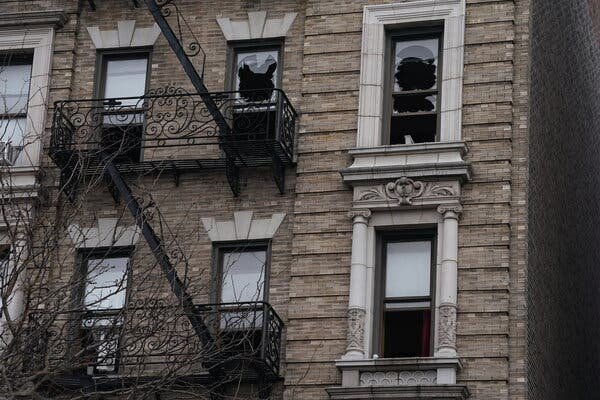“The Great Elephant Migration,” a public-art exhibition in New York, showcases wildlife and supports conservation efforts.
The Meatpacking District in New York City has been transformed into a vibrant display of life-size elephant sculptures known as “The Great Elephant Migration.” These sculptures, representing individual living elephants from the Nilgiri Hills in Southern India, are made by Indigenous artisans using dried lantana camara, an invasive shrub that harms wildlife habitats. The exhibition, organized by Art&Newport and Elephant Family USA, aims to raise funds for conservation efforts, not just for elephants, but also for other endangered species.
The sculptures, covering 12,000 square feet of the district’s plazas and walkways, create a unique experience for visitors, simulating the sight of elephants walking through the streets of India. The exhibition invites public interaction, allowing people to touch and feel the sculptures, fostering a sense of awe, wonder, and connection with these majestic creatures. Various events, such as a blessing ceremony, a conservation panel discussion, and a neighborhood parade, will accompany the exhibition, engaging the community in the cause of wildlife conservation.
The exhibition, which will be on display from Friday through October 20, offers a blend of art, conservation, and cultural experience. Additionally, a showcase of artworks by artist Hadi Falapishi focusing on elephants and migration will be featured at 82 Gansevoort Street. The exhibition aims to educate and inspire visitors about the importance of wildlife conservation and the need to protect endangered species like elephants.
By bringing the beauty and significance of elephants to the bustling streets of New York City, “The Great Elephant Migration” seeks to raise awareness and support for conservation efforts around the world. Through art and community engagement, the exhibition aims to create a lasting impact on visitors, encouraging them to take action to protect our planet’s precious wildlife.
Source: The NY Times









